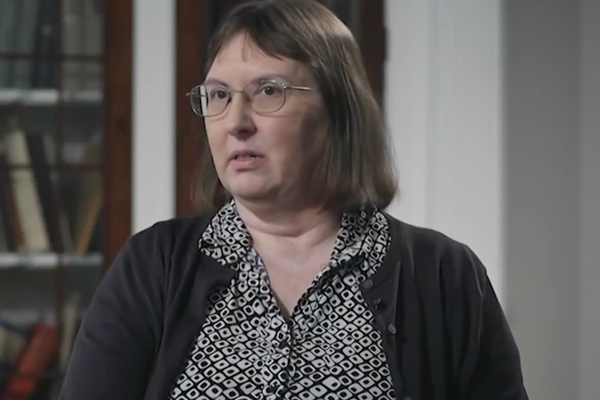Highest priority NSW ambulance call-outs have spiked, with unions blaming the blowout on a change to triage questions asked by triple zero operators.
The most urgent of emergencies, classified P1A by the service, increased 72.8 per cent in the second half of this year compared to before the COVID pandemic, according to the Bureau of Health Information (BHI).
NSW Ambulance conducted 330,591 responses in the July to September quarter, of which a record 12,321 were P1As or immediately life-threatening.
The Australian Paramedics Association (APA) says the increase is partly due to triple zero operators now asking callers a binary yes or no question regarding whether the patient is having trouble breathing.
If the answer is yes, a P1A emergency is sent out, triggering a lights and sirens response from nearby paramedics.
The issue, according to the APA, is that not all such instances will be life-threatening and could instead be due to shock, anxiety or extreme intoxication.
"If you do indicate the patient you are calling about is having trouble breathing it will automatically be classed as a P1A call, which means a resource is going to be redirected from some other callers who might actually need more urgent care," a spokeswoman said.
"That question is supposed to be sorting through what is a life-threatening cardiac or airway-oriented emergency and it's failing to do that."
NSW Ambulance acknowledged the increase in P1A calls was partly due to the update of its triage system but said the intention was to more accurately reflect a patient's condition.
"The (Priority) 1A response code reflects our most life-threatening incidents which include patients presenting in cardiac arrest but it is not limited to this group," it said.
"The triage system is designed to provide the highest acuity incidents with the most time-critical ambulance response."
The APA wants a reassessment to prevent cases being misclassified.
The BHI report also found ambulances responding to the next highest priority emergencies, or P1s, achieved a target response time of less than 15 minutes in 38 per cent of cases, which was well below pre-pandemic levels.
Once patients arrive at hospital they face extended wait times, the report says.
Three-quarters of patients delivered by ambulance had their care transferred to emergency department staff within 30 minutes and one in 10 waited longer than 68 minutes.
Health Minister Brad Hazzard, who will retire from politics at the next election, noted NSW emergency departments were actually performing better than anywhere else in the country.
Mr Hazzard took his lead from another report released on Wednesday by the Australian Institute of Health and Welfare showing the state's EDs had the shortest wait times in the country.
"What is clear is that when a patient shows up at NSW public hospital, they are receiving the best and quickest care in the country," Mr Hazzard said.
Labor leader Chris Minns said if elected his government would put more funding into healthcare to ensure systems ran more smoothly.
"We'll introduce safe staffing levels in NSW hospitals, starting with EDs," Mr Minns said.
"It will help with workloads, it will take pressure of nurses and ensure they can treat patients with the care they deserve and need."







